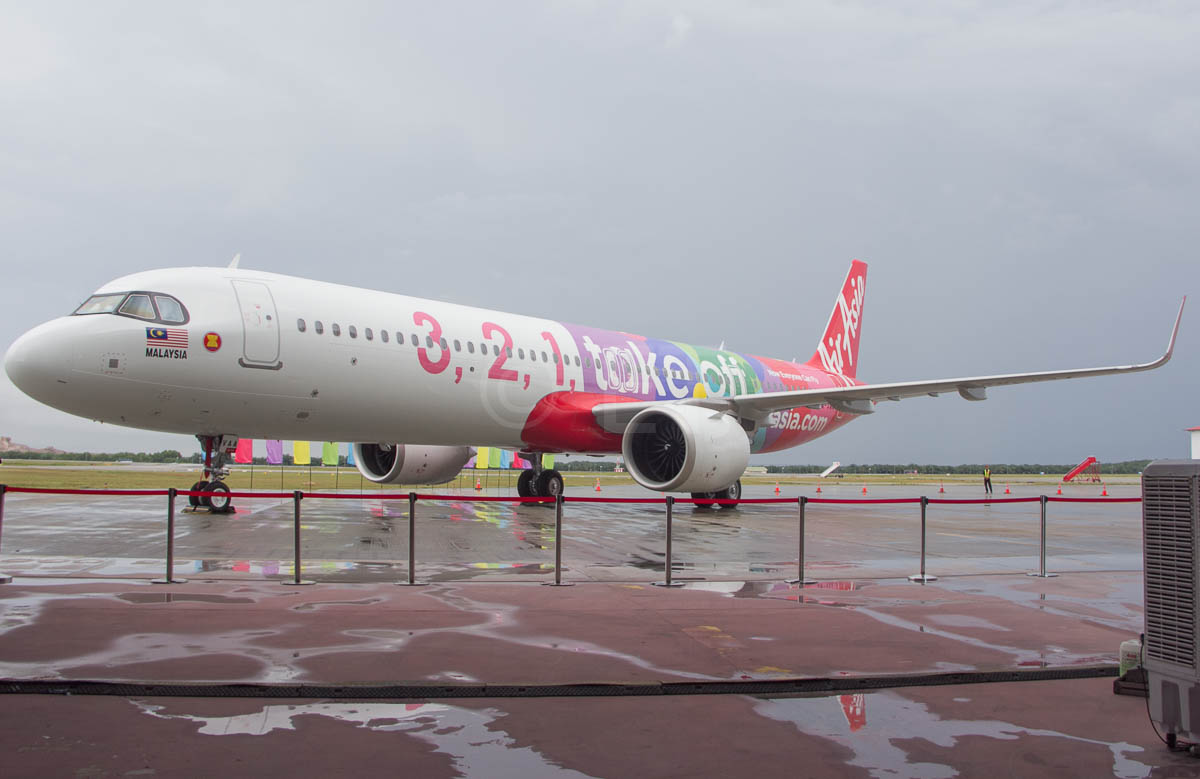AirAsia’s use of technology sits at of the core of its operation, with a focus on innovation and sustainability. Their latest step is to reduce their carbon footprint and improve efficiency by implementing new digital solutions. These are designed to further improve fuel efficiency and reduce carbon emissions. This goes hand in hand with their projected change towards a more fuel efficient fleet using all Airbus neo aircraft.
Reducing the carbon footprint
Taking off is a big fuel guzzler. After extensive validation tests, AirAsia has implemented OptiClimb, part of the OptiFlight-In-flight guidance developed by Paris-based Safety Line. This unique suite of digital solutions optimises all flight phases, with OptiClimb projected to save up to 3 percent of its climb fuel. This represents a fleet-wide potential carbon footprint reduction of at least 73,000 tons of CO2 per year.
The latest digital initiatives to its flight operations help AirAsia offset its carbon emissions by pro-actively reducing them at source. This cost should work towards the benefit of its customers.
AirAsia is the first airline to implement OptiClimb in Asia. The airline’s Group COO Javed Malik commented that AirAsia is making every effort to improve its operational efficiency and become a digital airline in all aspects of their business, including flight operations.
He added:
….. OptiFlight will allow us to leverage vast amounts of flight data with the aim of reducing CO2 emissions.
How does OptiClimb work?
Safety Line Founder & CEO, Pierre Jouniaux considers it a privilege having AirAsia on board as a customer and innovation partner.
….. We look forward to working closely together to explore ways of reducing Air Transport’s carbon footprint.
He explained how the airline will leverage data to reduce emissions.
On AirAsia’s medium haul flights, the initial climb alone can represent more than 30% of trip fuel. This offers the most potential for savings. However, climb is also the most complex phase, with many parameters changing simultaneously as the aircraft ascends. AirAsia will use historical flight data and Artificial Intelligence to address this complexity and predict fuel burn in different scenarios. This recommends optimal climb speeds to pilots for each flight, taking into account individual aircraft performance and accurate 4D weather forecasts.
In addition to implementing OptiClimb, AirAsia has, since September 2019, joined the OptiFlight Innovation Partnership. This provides further flight optimisation opportunities to be explored in all flight phases. AirAsia will be the first airline in Asia to trial OptiDirect, a solution that recommends adjustments to pilots based on historical tracks flown and forecasted weather on the route.







This Post Has 0 Comments